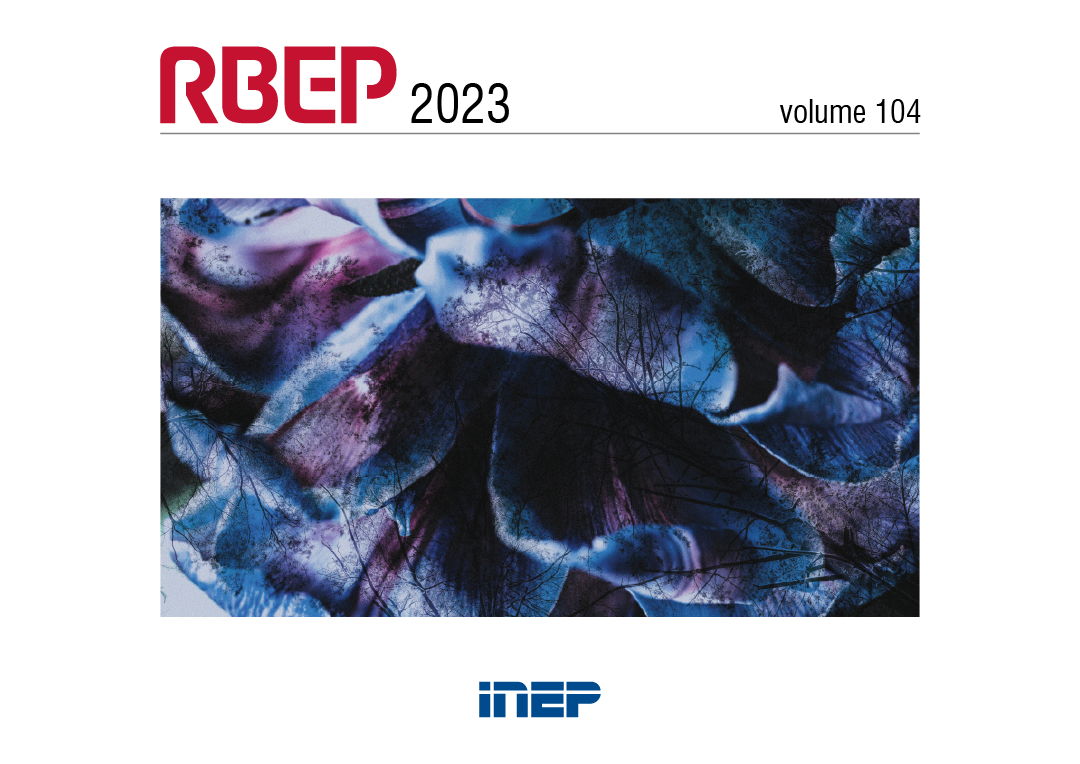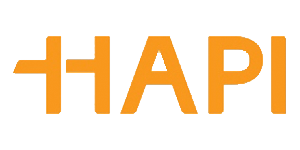Quotaholders filling widely contested vacancies in federal universities: the concurrent competition in Sisu’s waitlists
Abstract
Federal universities must allocate at least 50% of their vacancies to students from public schools, due to the Quota Law, and establish the rules for their selection processes and affirmative actions. One of these rules consists in defining the candidates which apply to quota modalities with adequately high scores to fill unreserved vacancies, in what is called concurrent competition and can occur from the second call for selected candidates onwards. It is through public notices that students learn the rules to base their decisions on. Thus, were analyzed the regulations of the 60 federal universities that participated in SISU 2021-1. The analysis revealed that 27 universities have explicit public notices as to whether to adopt concomitant competition; 32, however, possess a vague or omitted public notice, making it difficult for students to make an informed choice. Waitlist admission results were also analyzed. It was observed that 22 universities allow concurrent competition, 21 adopt competition in separate lists, and 15 could not be determined. Two universities were considered outliers. This study reveals the urge to improve university public notices in order to enhance the transparency of selection processes and deepen the discussion on whether to adopt concurrent competition by universities and the impact of this measure on the admission of public school students into higher education.
Downloads
Copyright (c) 2023 Brazilian Journal of Pedagogical Studies

This work is licensed under a Creative Commons Attribution 4.0 International License.
Once their work is accepted for publication, author’s copyrights are automatically relinquished to the National Institute for Educational Studies and Research Anísio Teixeira (Inep).
Since 2016, the journal Revista Brasileira de Estudos Pedagógicos (RBEP) uses the licence CC-BY.
Partial or total reproduction of the content of this Journal is permitted provided that the original publication is properly referenced, as well as a link to license CC BY 4.0 and to indicate any possible alterations made to the article.




















